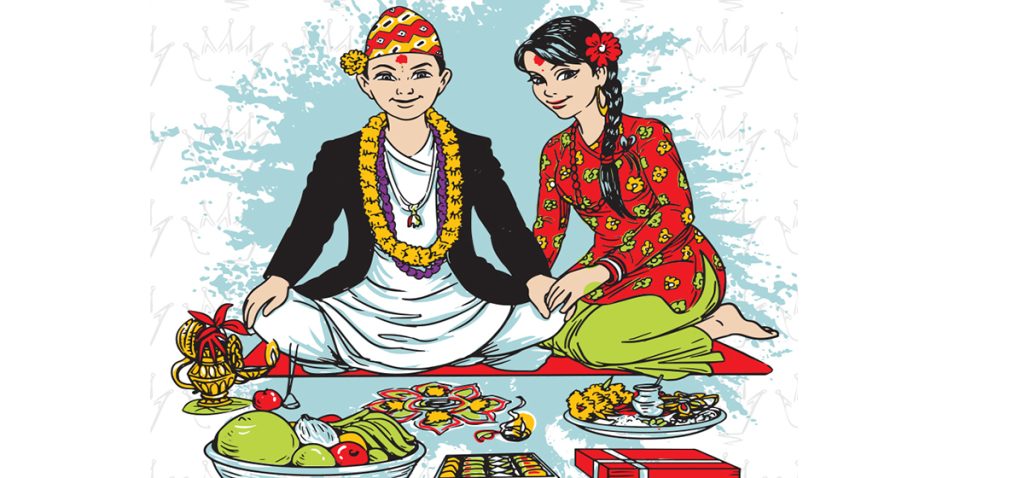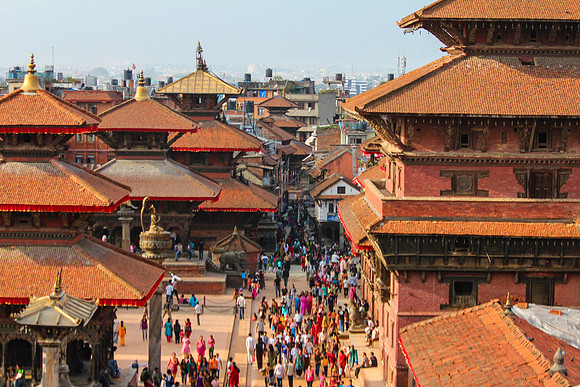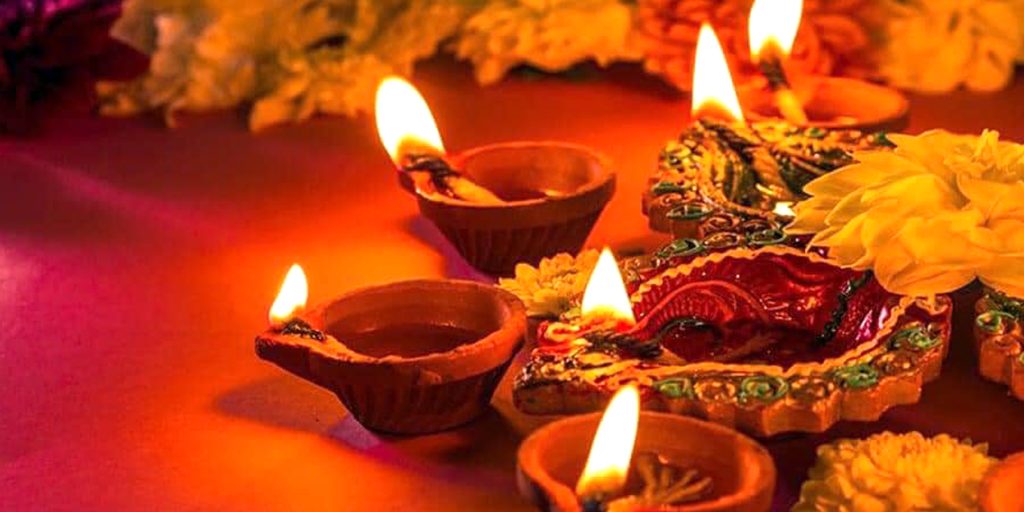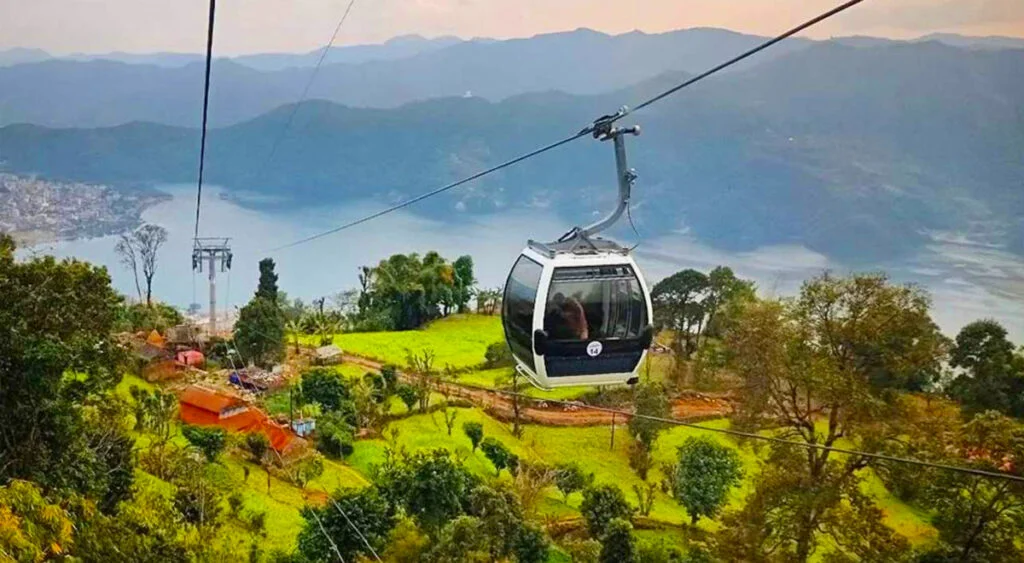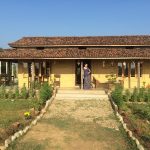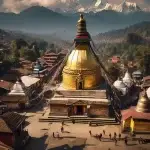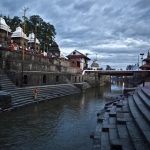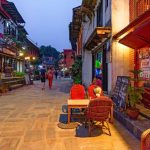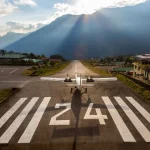Now Reading: Janai Purnima Festival in Nepal: A Sacred Celebration of Purity, Protection, and Brotherhood
-
01
Janai Purnima Festival in Nepal: A Sacred Celebration of Purity, Protection, and Brotherhood
Janai Purnima Festival in Nepal: A Sacred Celebration of Purity, Protection, and Brotherhood
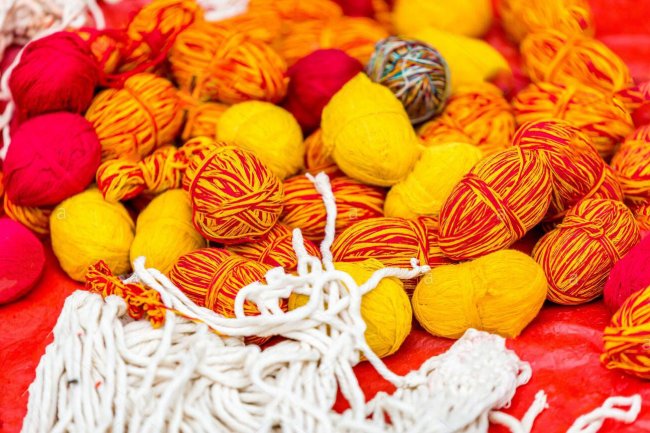
Nepal is a country full of different cultures and old traditions. People here celebrate many festivals, but one of the most special for Hindus is Janai Purnima. This festival falls on the full moon day of the Nepali month of Shrawan (July–August). It is a day filled with prayers, rituals, blessings, and love between families.
In this article, let’s learn about the meaning, importance, and beautiful traditions of Janai Purnima in Nepal.
What Does Janai Purnima Mean?
The name “Janai Purnima” comes from two Nepali words: Janai means sacred thread, and Purnima means full moon. On this day, Hindu men, especially from Brahmin and Chhetri families, change their sacred thread. This thread, called janai, stands for purity and a promise to live a good life. Priests or temple monks help with this ritual.
The festival is also known as Raksha Bandhan. People tie a sacred thread called raksha dhaga around the wrist. Sisters tie it on their brothers’ wrists, praying for their safety and happiness. Priests also tie it for protection from bad things.
How People Celebrate Janai Purnima in Nepal
People across Nepal celebrate Janai Purnima with joy, both in villages and cities. The rituals may be a little different depending on the region or community.
- Changing the Janai
In the morning, Hindu men take a holy bath in rivers or ponds. Then they take off the old janai and wear a new one. A priest guides the ceremony by chanting prayers. This thread goes across the body from the left shoulder to the right waist and shows a promise to live with discipline and truth. - Raksha Bandhan (Doro Bandhan)
People visit temples or invite priests home to get a thread called doro tied around their right wrist. This thread is believed to protect from bad luck, illness, or evil spirits. In return, people give food, small gifts, or money to the priest. - Love Between Sisters and Brothers
Sisters tie a rakhi (a colorful thread) on their brothers’ wrists and pray for their good health and success. Brothers, in return, promise to take care of their sisters and give them gifts. This simple act brings families closer together. - Kumbheshwar Mela in Patan
In the city of Patan, many people gather at the Kumbheshwar Temple. It is believed that this temple’s pond is connected to the holy Gosainkunda Lake. People take a holy bath in the pond to wash away their sins and get blessings. - Pilgrimage to Gosainkunda
Thousands of people hike up to Gosainkunda, a sacred lake high in the mountains. Bathing in its cold water during Janai Purnima is believed to clean the soul and bring spiritual strength. - Kwati Khane Din (Special Food Day)
For the Newar community, this day is also known as Kwati Khane Din. They cook and eat a soup called kwati, made from nine kinds of sprouted beans. It’s healthy and helps boost immunity during the rainy season.
Why Janai Purnima Is Important
- Cleansing and Starting Fresh
People take holy baths, wear Janai (sacred thread), and pray. This shows they are cleaning both body and soul and making a fresh promise to live better. - Following Ancient Traditions
The rituals of Janai Purnima come from old Vedic texts. The changing of the sacred thread is part of the Upanayana tradition, which used to mark the beginning of a boy’s education and spiritual journey. - Wishing for Protection
The threads tied on the wrist are not just symbols. They are believed to protect from harm, illness, and bad energy. They are a sign of love and care. - Celebrating Family Bonds
The exchange between brothers and sisters makes the day extra special. It’s not just about the thread but about showing love, support, and trust in each other. - Bringing Communities Together
Janai Purnima is celebrated by many different groups in Nepal. While Brahmins change the janai, Newars enjoy kwati, and others focus on Raksha Bandhan. It creates a feeling of togetherness and unity.
Janai Purnima in Today’s World
Even though life is getting busier, Janai Purnima is still a loved and respected festival in Nepal. Families take a break from work, visit temples, and enjoy meals together. Some young people may not wear the janai, but the tradition of tying a rakhi or doro is still going strong.
With the help of social media, many Nepali families living abroad also celebrate this day and share their traditions with others. Cultural programs help teach children about this beautiful festival and its values.
Conclusion
Janai Purnima is more than a religious event. It is a day to clean the body and soul, feel close to family, and celebrate Nepali culture. From the calm sounds of temple bells to the laughter between siblings and the warm bowl of kwati soup, every part of the festival tells a beautiful story.
When the full moon shines bright in the sky over Nepal, it reminds us of our strong ties to our beliefs, to our families, and to our culture.


